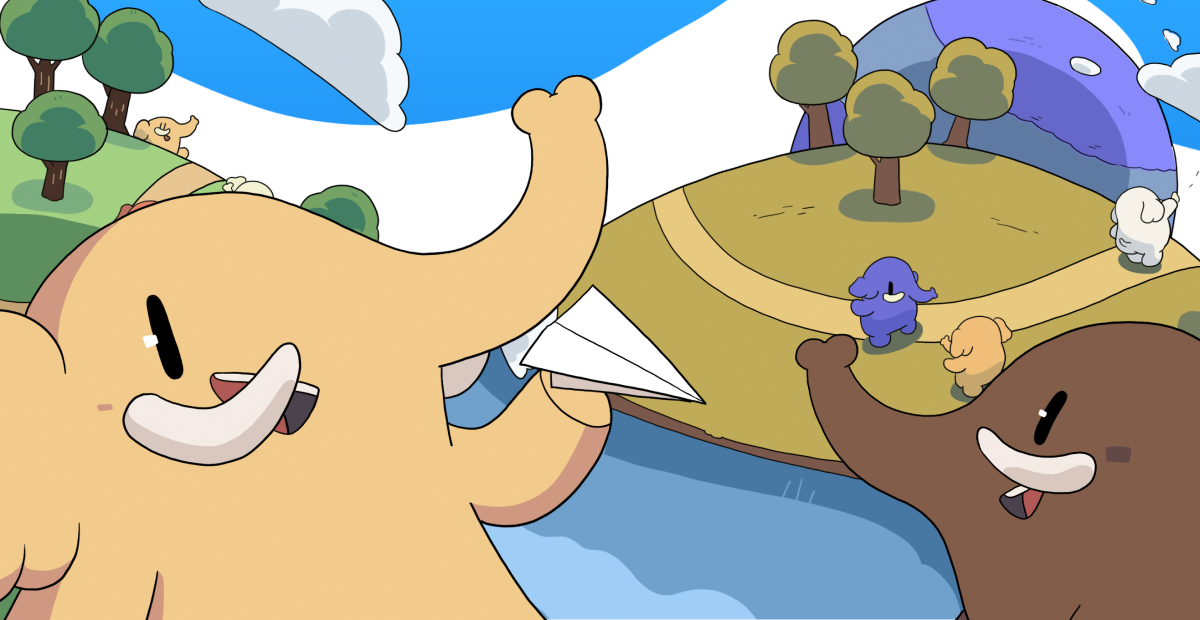Recent searches
Search options
Anyone have a guide on how to identify well-made clothes? I was taught long ago, but I've forgotten the specifics and would not describe it well.
The reason I ask is that cheap clothes are usually much harder to mend. The allowances are small, there are no extra buttons, the materials barely hold a stitch, it all kind of wears out at once.
Better made stuff has enough *there* there to put it back together.
(Bernadette Banner's vid has been linked a number of times, thanks!)
@troublewithwords Recently, Ms Banner did quite a good video on just this very thing.
Stitch size and quality are probably your easiest telltales to see if you're getting value for money.
@vulgalour Wow, wool is NOT "essentially a waste product of sheep". Please look into the wool industry. It's no fun, especially not for the sheep.
@CatoTheYoungest Can you point to any industry anywhere that isn't bad for those involved in it, especially where animals are required as part of the product? Wool is essentially a waste product of sheep farming, it just happens to be a very useful waste product with very many uses.
@vulgalour No, the sheep clothes come from are sheep that are bred for wool. Meat and wool industry belong together in this case. Also, the wool is essentially a defect, because sheep can't survive without a human cutting their fur in regular intervals. Wild sheep (mufflon) don't have that much fur, because they couldn't survive like this.
I agree that there is no animal industry that isn't cruel. The belittlement of the animal suffering is what shocked me here. If you are buying wool, you are contributing to people breeding sheep. People are lying to themselves, if they think wool just happens to be there. It's not like waste recycling.
@CatoTheYoungest I get where you're coming from here. I wonder how much of this is just the wording being unfortunate, Ms Banner doesn't strike me as the sort to be uneducated in matters such as this, she's covered ethical concerns in clothing creation many times.
Add hashtags for sewing and mending?
To your first two sensible tests, I would add that nothing meant to be skintight will last as long as a similar garment that isn’t always under strain. I don’t think anything relying on part-stretch woven fabric is durable, even; it will fail where stretch meets nonstretch. Hard to avoid now though.
@clew Thanks, added!
@troublewithwords Great question! I usually focus on good materials, particularly natural products over synthetic, but craftsmanship is obviously important too. I also appreciate the video from @haven .
I am also reminded of a conversation about how hard it is to find a proper sweater these days. And when you do find it, proper care (wash delicately, lay flat to dry) is just as important as anything else.
@kgourlay @troublewithwords @haven I’ve noticed that even “good” sweaters (good materials, reputable brands) are hard to keep looking nice now. They snag and pill, no matter how well I care for them.
@troublewithwords Saw a thread kind of about this on the BIFL subreddit the other day: https://www.reddit.com/r/BuyItForLife/comments/1j065oa/a_note_about_clothing_quality/
IMHO it's subjective to a certain extent.
To me, quality of the fabric is key. Anything else can be re-stitched, tweaked, mended or darned but low quality fabric is what makes or breaks the "mendability".
@troublewithwords I really liked the video(s) that @sinituulia linked recently:
https://eldritch.cafe/@sinituulia/113969039067986124
@troublewithwords
Not sure if a video is what you're looking for, but I saw this in my subscription feed not long ago on nebula.
I can paste both the nebula and YT links below
https://nebula.tv/videos/bernadettebanner-how-to-identify-quality-in-clothing-a-rant/

